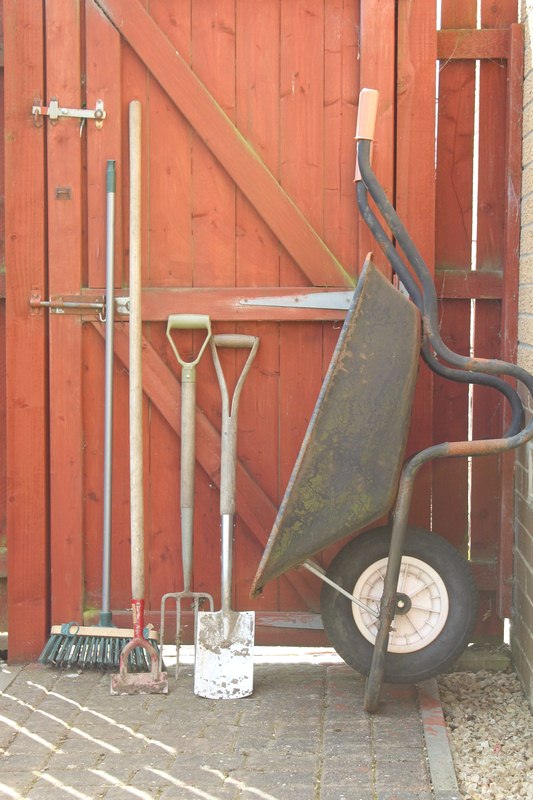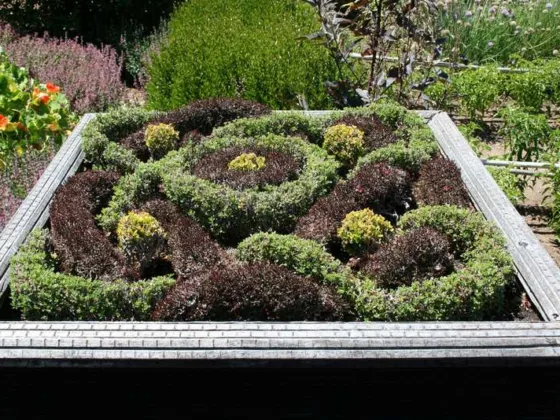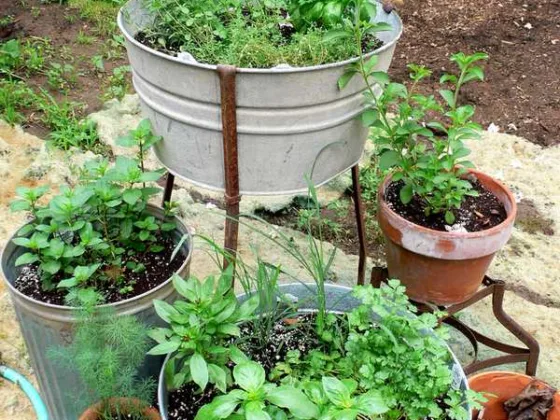Garden tools can become worn, dented, rusted, and dulled after years or even just a few months of use.
Although most basic garden tools are not expensive, a person still does not want to have to replace them before they have gotten their money’s worth out of them.

How to Take Care of Your Hand Garden Tools
Here are some suggestions on how to keep your garden tools in good shape to prolong their usefulness.
Read Also:
- How to Keep Watering the Garden With a Hose During Hosepipe Bans
- The Best Home Irrigation Systems for Watering Your Garden Plants
- Early Spring Gardens, Get a Head Start on the Season
- A Guide for Gardening Essentials for Beginners
- A Helpful Guide to Growing Great Tomatoes
- All You Need To Know About Grass Seeding
Always clean your garden tools after every use. This does not have to be an elaborate cleaning, just rinse them with water, making sure all dirt and debris are removed. I save old, worn-out clothing to use for drying my garden tools.
I prefer to dry them by hand instead of letting them air dry because doing this helps to cut down on the development of rust.
If tools become dented, you can use a hammer to try to hammer the dents out. If it’s a tine on a rake or tiller, try using a wedge and apply pressure to straighten it.
Be sure to keep tools that are made for digging sharp such as shades, hoes, and tines on rototillers. To sharpen garden tools, use a hand file or sharpening stone.
Secure the tool and slide the file along with the edge of the digging blade working in a diagonally downward direction, or if at all possible, find someone who has a powered, table grinding stone.
There are also grinding stones you can purchase that goes on the end of a drill. If you are not sure how to sharpen your tools, you may want to find someone who can instruct you on how to perform this task. Be careful not to cut yourself on any sharp or necked edges.
Another way to clean and sharpen a spade or shovel is to fill a five-gallon container (wide enough for the spade part to fit in), and fill it three-fourths full of coarse sand.
Empty a container of rust remover in the coarse sand and mix thoroughly. Set the spade in the bucket of sand covering the blade all the way to where the handle starts.
Continue to move the shovel up and down in the coarse sand. The sand will help to sharpen the digging end and the rust remover will, of course, remove any rust.
You may have to leave the spade in the mixture for a time before all the rust is removed. A steel wool pad can also be used to help remove rust.
I have known some gardeners to spray the blade end of their tools with cooking spray to help prevent rust. I have never used this, preferring to clean and dry my tools, and then add a very thin coating of motor oil.
Keep the garden tool handles in good shape by sanding down any rough or splintery areas and adding a new coat of paint when needed.
Be sure to store your garden tools properly for the winter, making sure they are clean and in a dry place. Inspect all garden tools in the spring before use to ensure they are fit for use and repair or replace if necessary.









